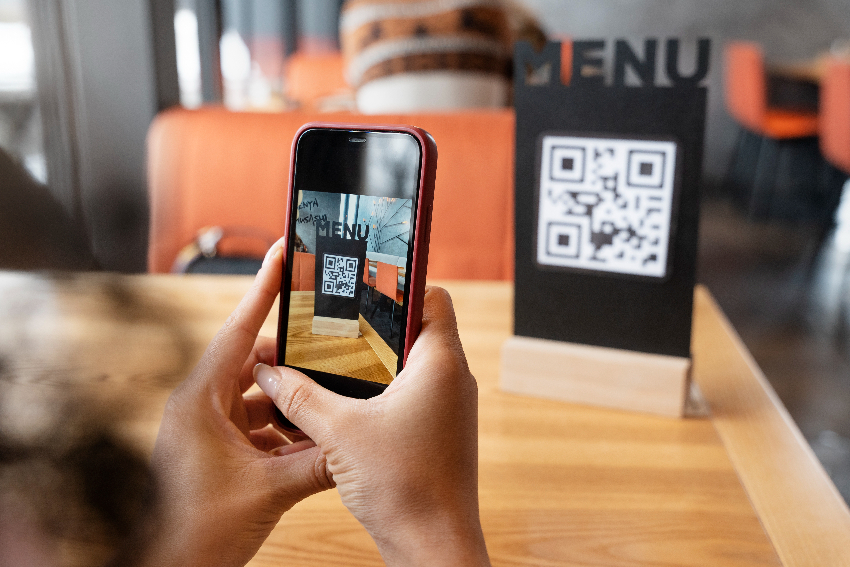Last week, Joan and I went out to eat. The sign at the front of the restaurant said to seat yourself. The sign on the table said to order yourself. When the server came by to deliver glasses of water and tell us we had to order using the QR code, I asked, “Do you have an adult menu?”
While there were a lot of things I enjoyed during Covid, like lower prices and shorter lines, one thing that was born of Covid that I can’t stand is the QR code menu. Though I’ve adapted to reading books on my phone or tablet, I find that trying to look over something with options that require comparisons is difficult to do on a 3 inch screen. I suspect this is true at any age, but it certainly becomes worse as you get older.
For years I used the Lonely Planet guide for travel. It’s clear the publication is meant for 20-30 year olds because the font size is about that of the ingredient list on a tube of toothpaste. I was actually grateful when they came out with an eBook version, not just because I no longer had to carry around a 2 pound book, but because I could adjust the font size to make it legible to my 50+ year old eyes. The down side was that I hadn’t realized how difficult it would make it to thumb through the book.
The Lonely Planet guide is organized by region, and I often find myself flipping from one section to another when I’m planning my trip. This is impossible to do with the electronic version. There’s also a great deal more scrolling that has to happen when comparing the different restaurants or accommodations in a particular locale.
I had the same problem with the menu at Little Water Cantina in Seattle. There were different tabs for burritos, tacos, salads, and house specialties. Going back and forth to compare the options was a frustrating experience to say the least.
This is an example of a business putting their convenience above that of their customers. I honestly want to call them out for being ageist. In addition to making the menu challenging for older people to read, there’s an assumption that everyone has a smartphone or that we all have a mobile data plan that will allow us access to the internet from our table so that we can order.
I’ve heard from a few of my friends that if the restaurant won’t provide a physical menu, they just leave. One of my clients, on the other hand, recently shared the best response I’ve ever heard. He told the story of how he handled a server telling him he had to use a QR code instead of a physical menu:
The server explained, “You just scan it with your phone.” to which he replied, “I don’t think the cord will reach that far.”

